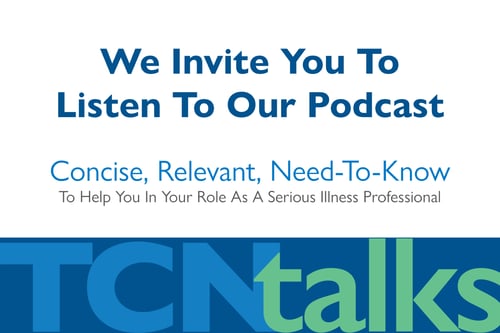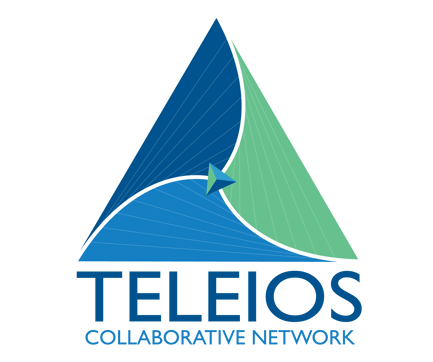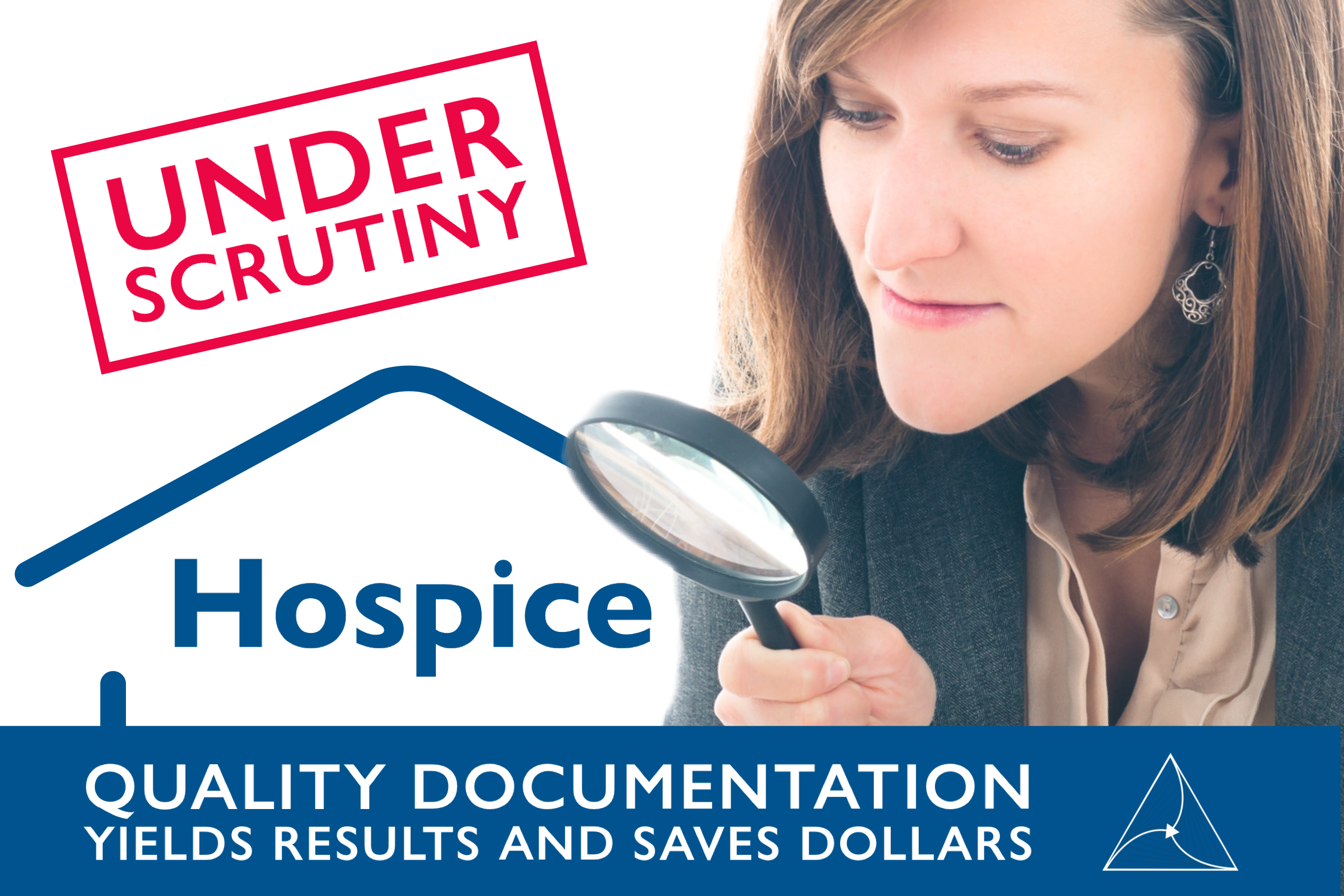Anyone reading hospice news or involved in hospice billing or compliance these days knows that the current audit pipeline is overflowing with activity from many different CMS contractors and other government agencies. The auditors, including MACs, UPICs, and SMRCs, have a flurry of audits underway – some narrowly focused on a small number of claims and others broadly auditing 300+ claims.
The Office of Inspector General (OIG), what I call a watchdog of Medicare funds, is looking at hospice both directly, targeting patients admitted without a recent emergency department visit or hospitalization, and indirectly, targeting non-hospice spending for outpatient services. These audits carry significant costs for organizations – staff time, attorney or consultant fees, and claim denials resulting in overpayments.
Can we plug the audit pipeline and stop the flood of audits? Not immediately. Can we be well prepared for the audits that will inevitably come our way? Absolutely! Quality documentation is the KEY to all audits. A hospice organization may have a great audit response process and team, but without quality documentation the outcome is likely to be less than ideal. Medical reviewers are issuing both technical and clinical denials and the OIG is pushing CMS to require that hospices refund any identified overpayments.
Quality documentation reduces denials leading to recoupments. If a denial does come, quality documentation can help us defend it. What are some of the common denial reasons in recent audits?
- Invalid Physician Narrative – This can be a technical issue – incorrect wording or a wrongly placed attestation statement. But more difficult to defend is when the denial reason is clinical in nature – “The narrative did not synthesize the beneficiary’s individual circumstances.” This indicates that the brief physician narrative doesn’t provide comparative documentation to support their determination that hospice is (appropriate) the right care at this time.
- Invalid Election Statement – The form doesn’t include the patient’s choice of attending physician, or the patient or their legal representative didn’t sign the form.
- Invalid Written Certification of Terminal Illness (CTI) – Denials are most often due to (1) lack of signature within two days of the start of the benefit period and no timely verbal certification on file or (2) the written CTI is not signed by the patient’s chosen attending physician.
- Lack of Documentation to Support Hospice Eligibility – Clinical documentation doesn’t show clearly why the patient has a life expectancy of six months or less. Eating 50% of meals, complaining of shortness of breath, increased weakness, sleeping more, etc., are not specific enough.
- Lack of Documentation to Support Higher Level of Care – General inpatient (GIP) or Inpatient Respite Care (IRC) is downcoded to the Routine Home Care (RHC) level due to inadequate documentation leading to a loss of more than $750+ per day which adds up quickly for lengthier GIP stays.
Yes, there is a lot at stake, but with high quality documentation, you can significantly reduce your risk for denials. When they do happen, appeals are easier to prepare. I can argue a denial through multiple appeal levels, but without quality documentation, it is difficult write a solid appeal summary or convince an Administrative Law Judge (ALJ) in a hearing.
What should a hospice organization do?
- Review Forms – Ensure all forms, CTIs and election statements in particular, are compliant with regulations. This is critical each time a form is updated.
- Educate Hospice Physicians – Ensure that your physicians know how to write solid narratives that do more than just state diagnoses by synthesizing the clinical information with comparisons of changes over time.
- Educate Clinical Staff – Physicians, NPs, RNs, LPNs, social workers, and chaplains must document to support eligibility with EVERY encounter. Emphasize the importance of comparative documentation. It doesn’t help to know what a patient weighs or how far they can ambulate if there are no comparisons to the recent past. It takes details to produce solid documentation. For GIP and respite, teach staff to document why that level of care is needed.
Bottom line, audits will continue to flow, but with quality documentation, your organization can say “We’ve got this” with confidence.

Annette Kiser
Chief Compliance Officer



An organizational model that allows nonprofit hospices (Members) to leverage best practices, achieve economies of scale and collaborate
in ways that better prepare each agency to participate in emerging alternative payment models and advance
their charitable missions.






